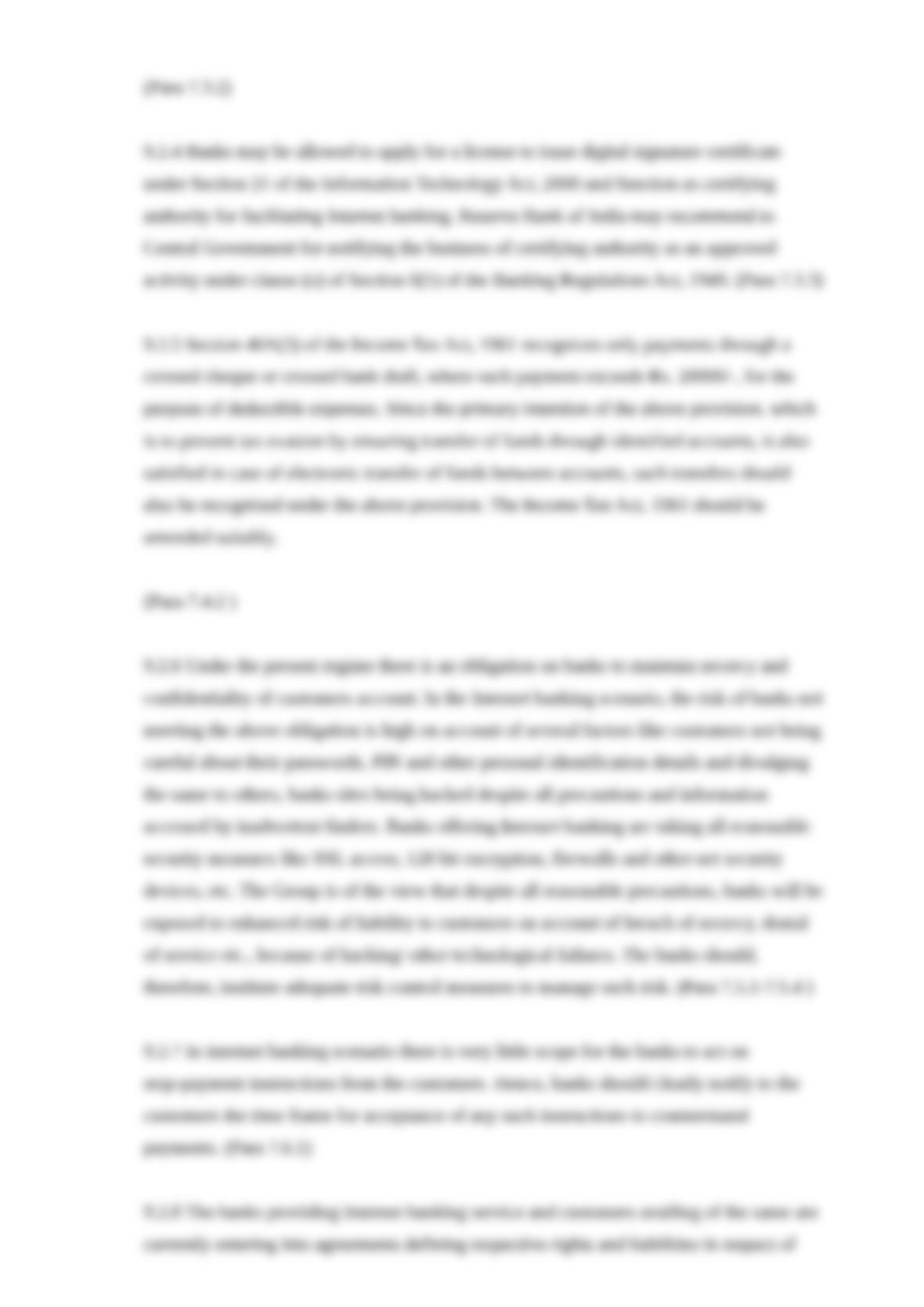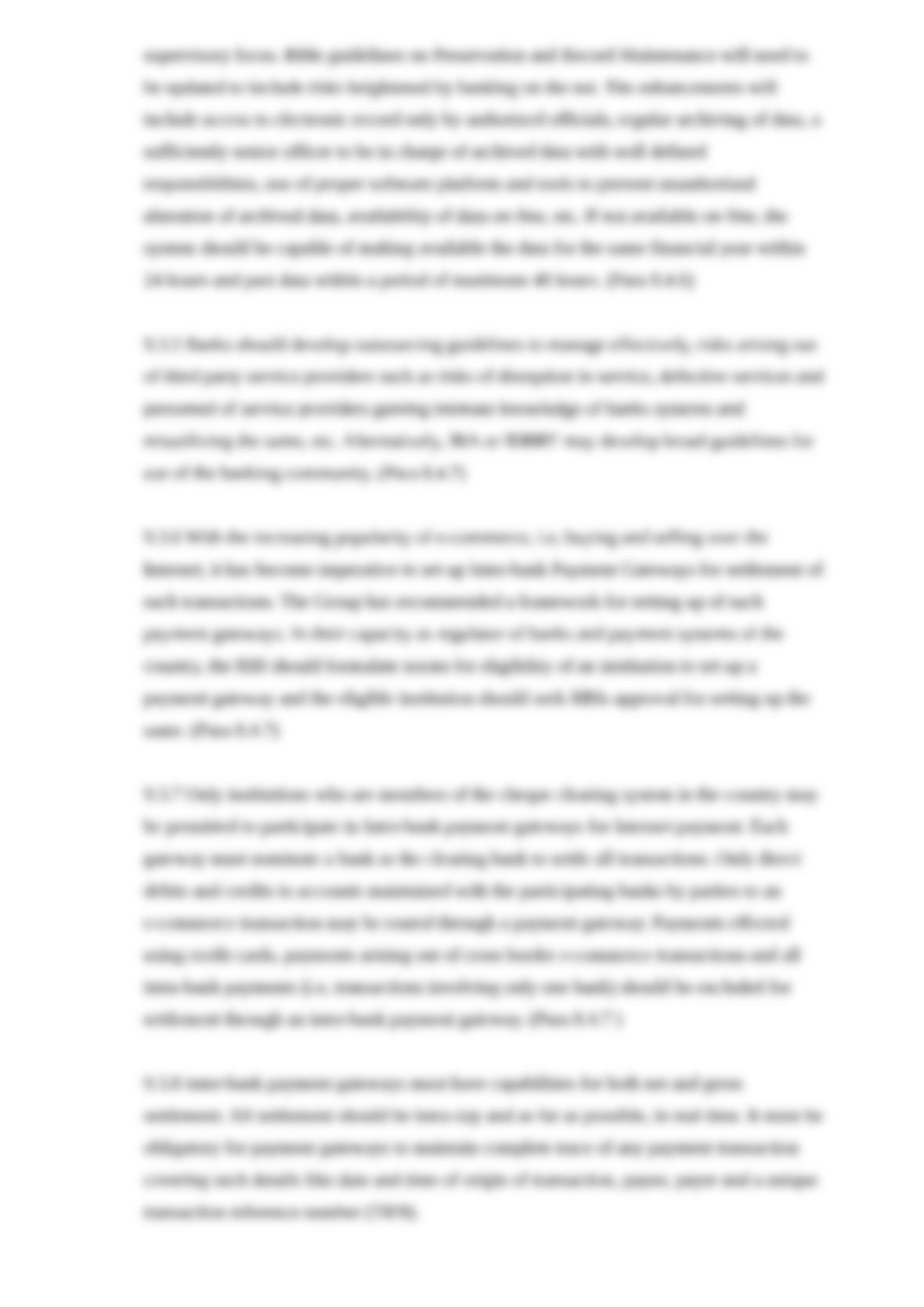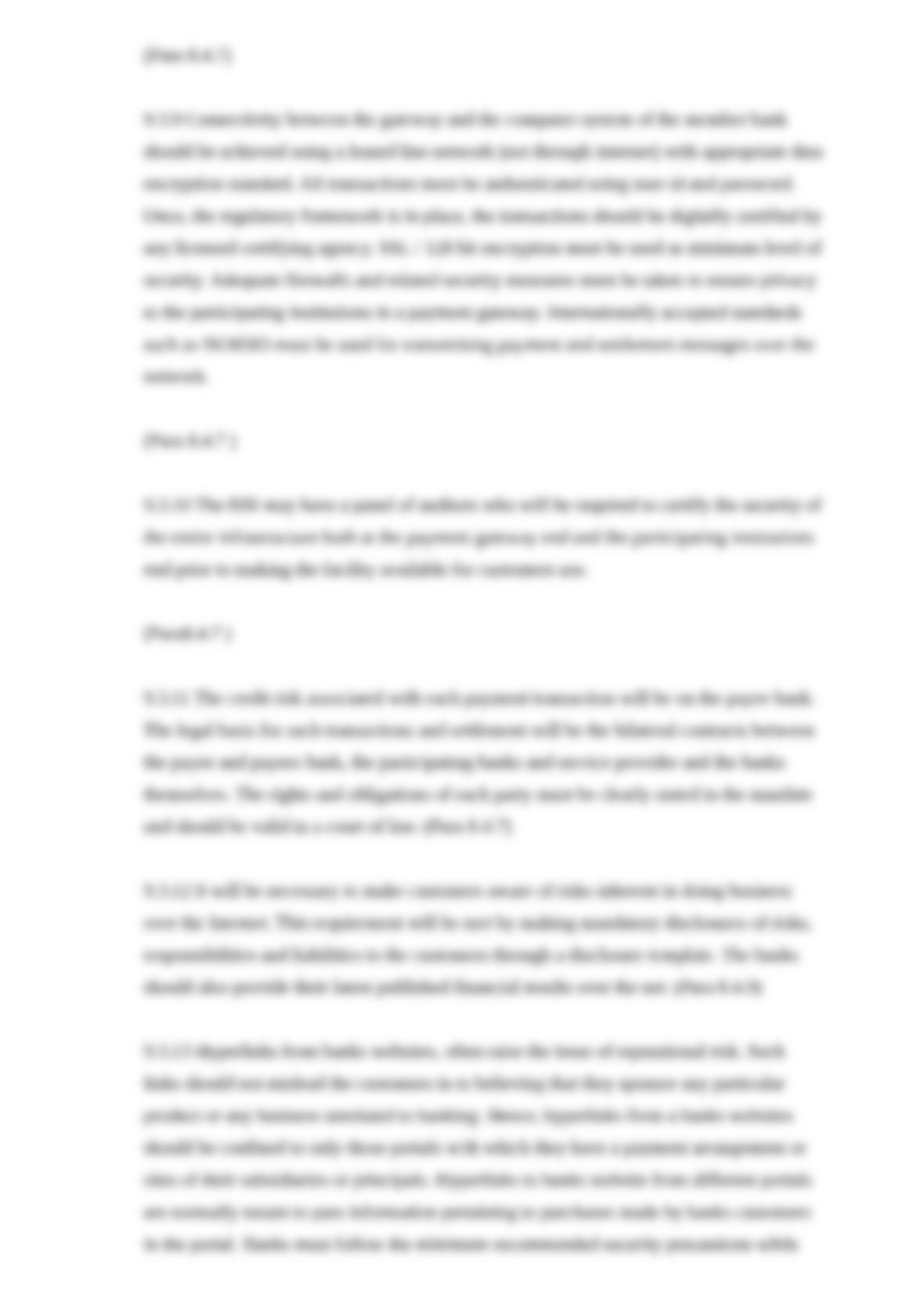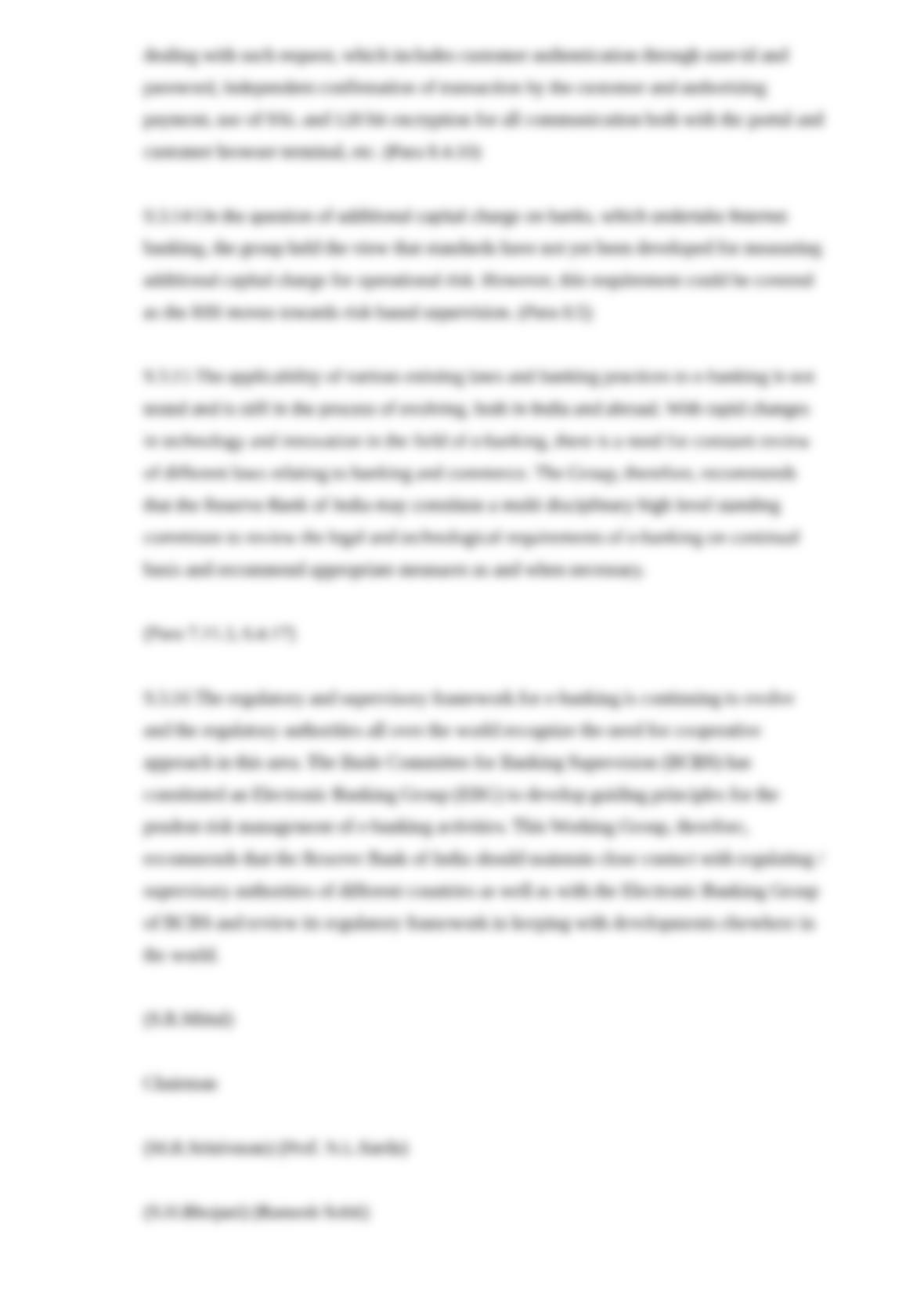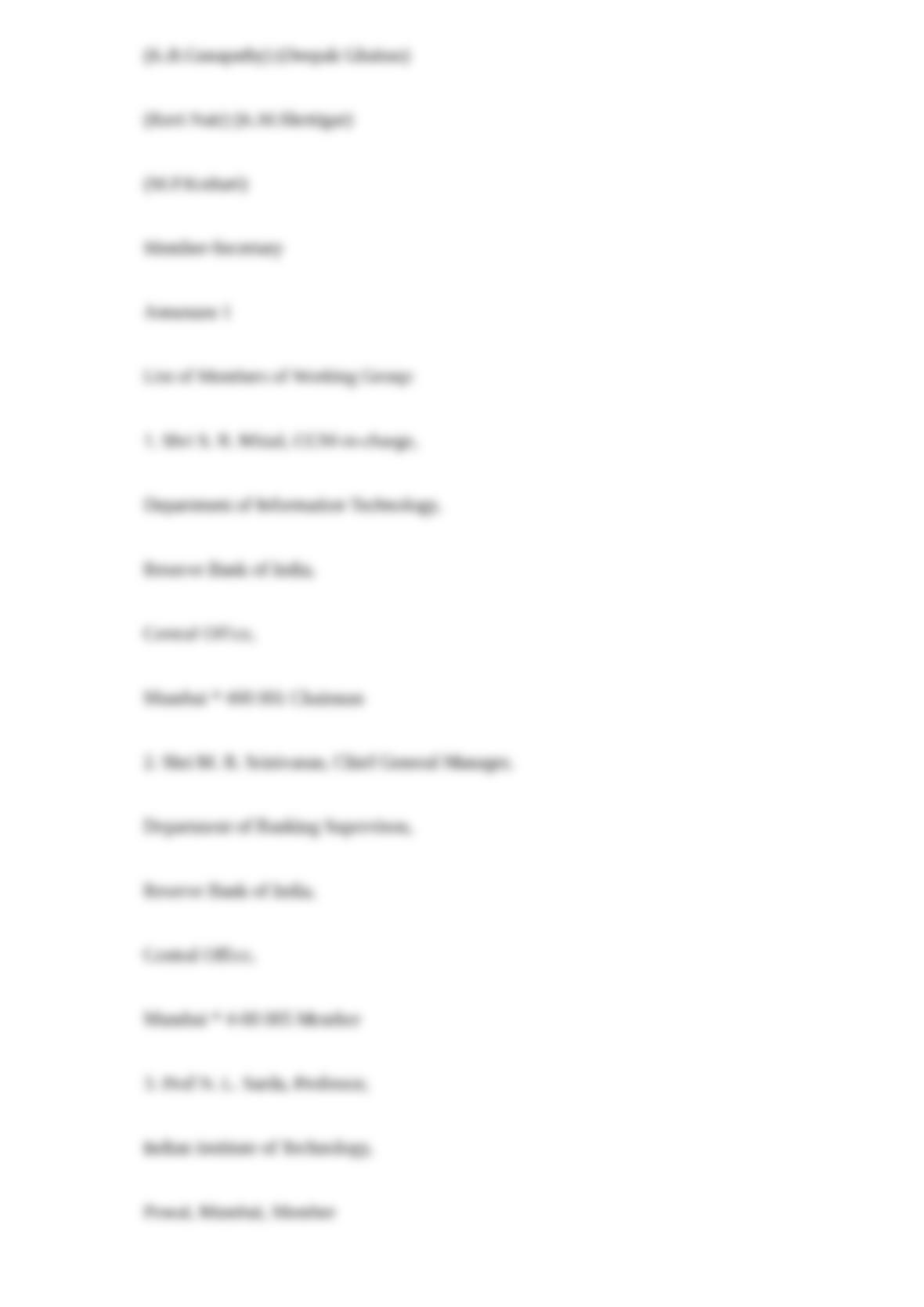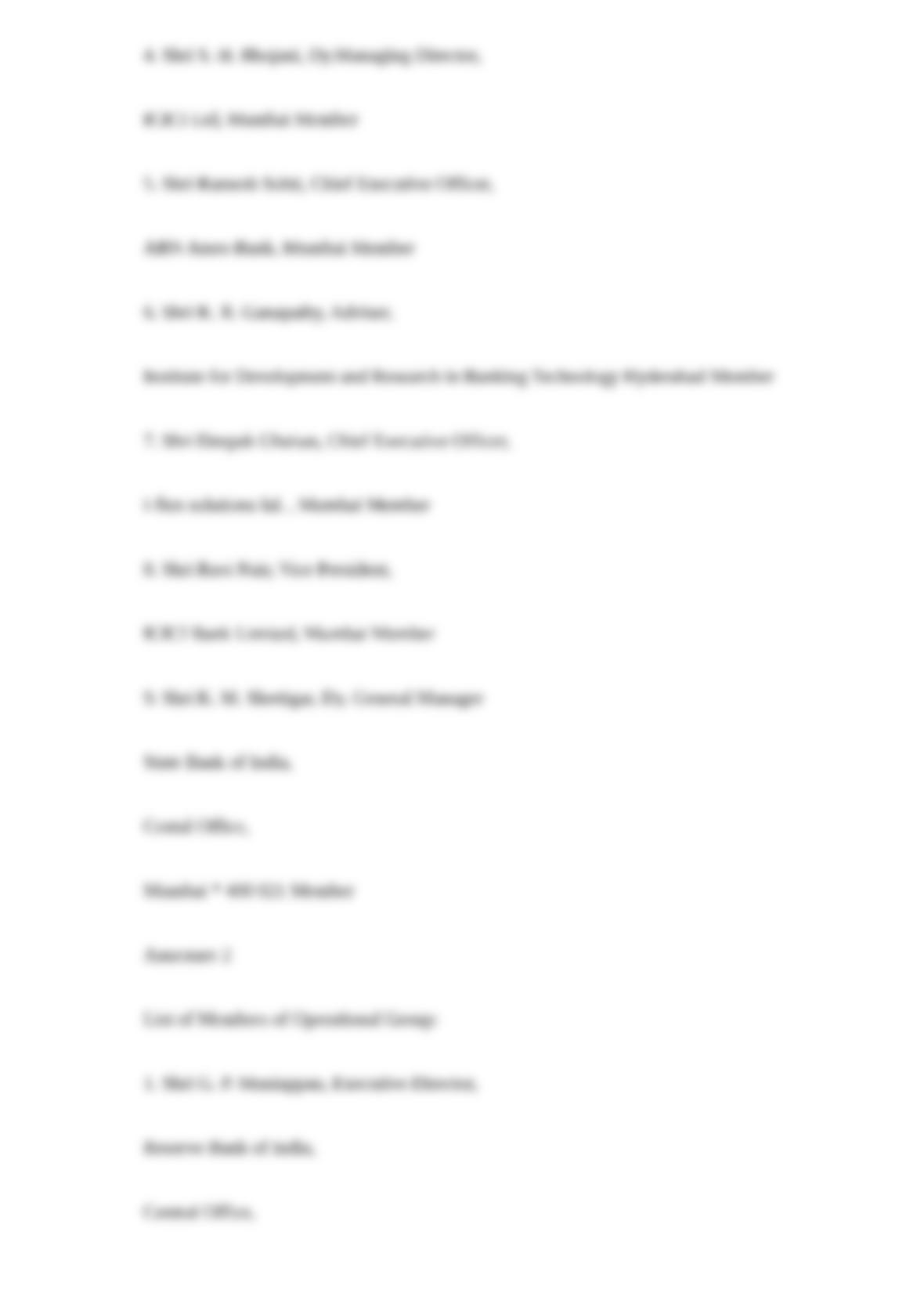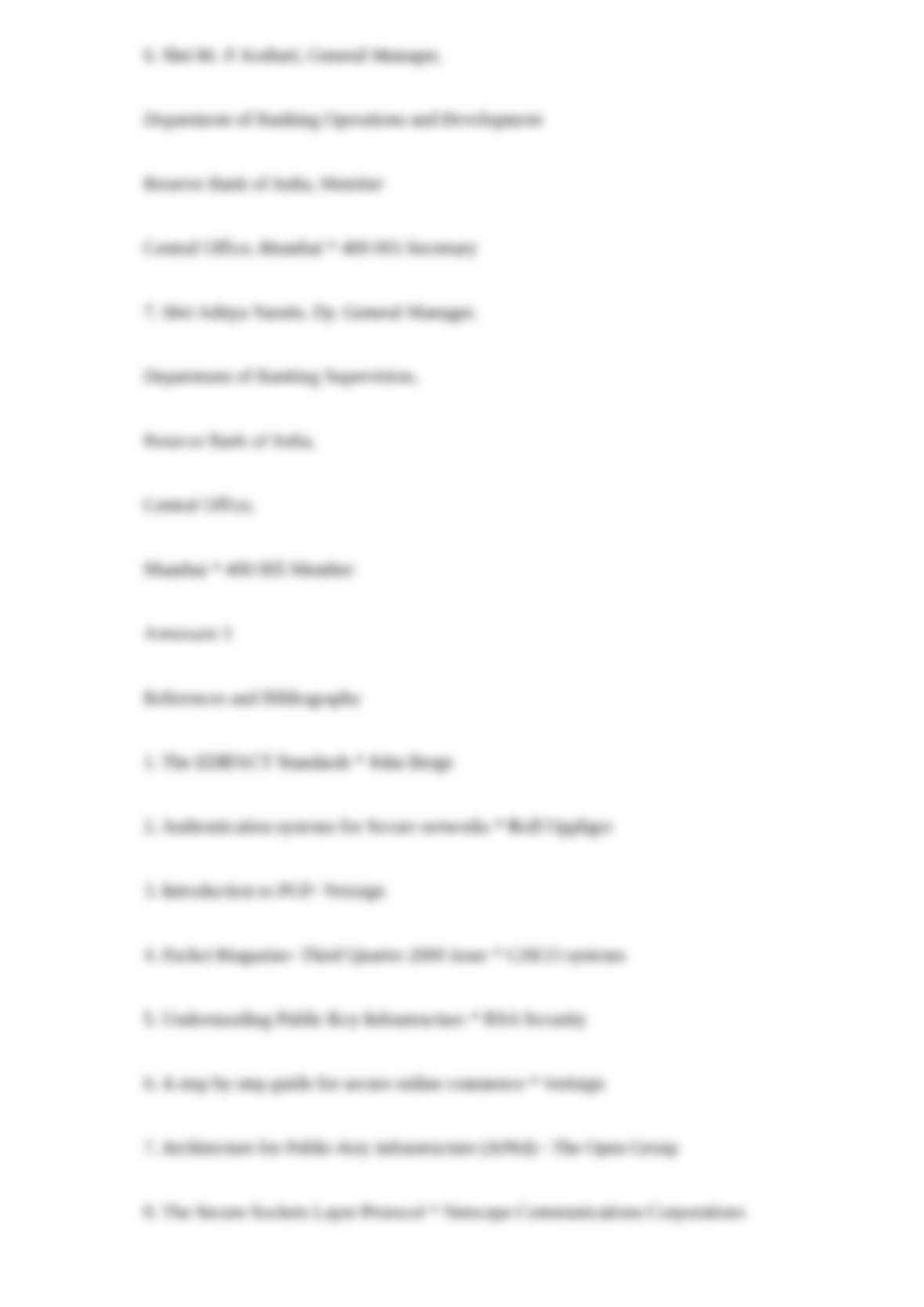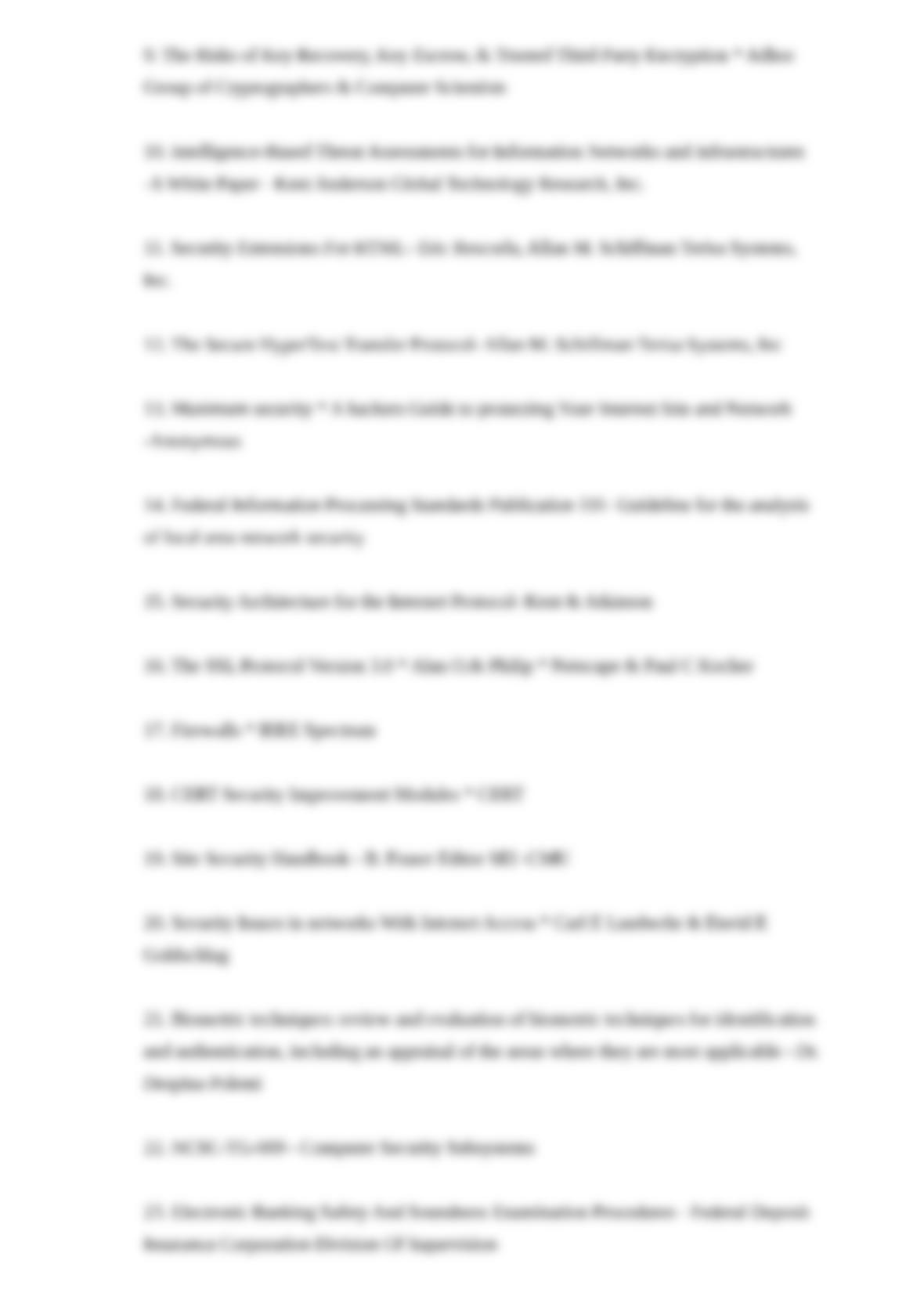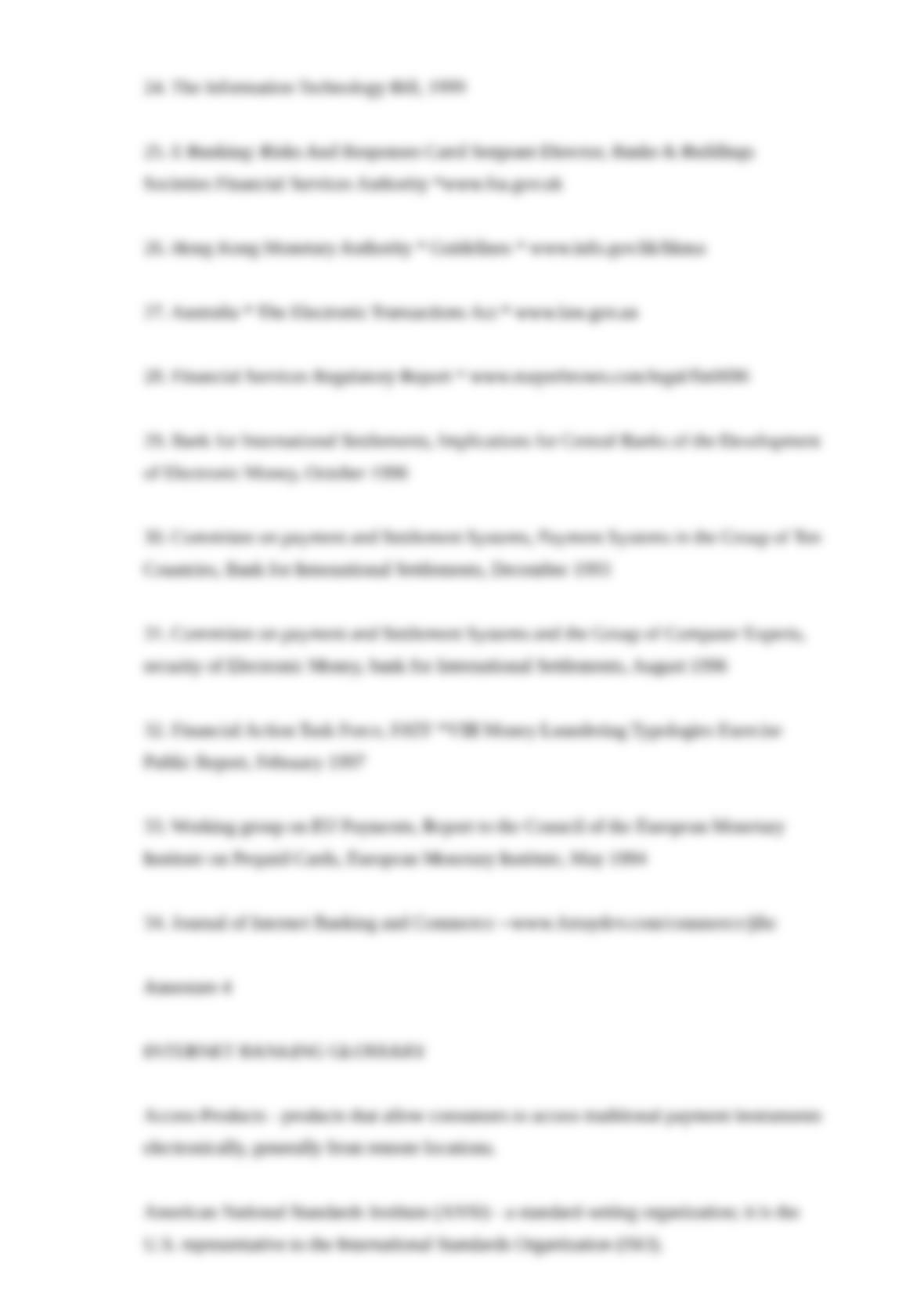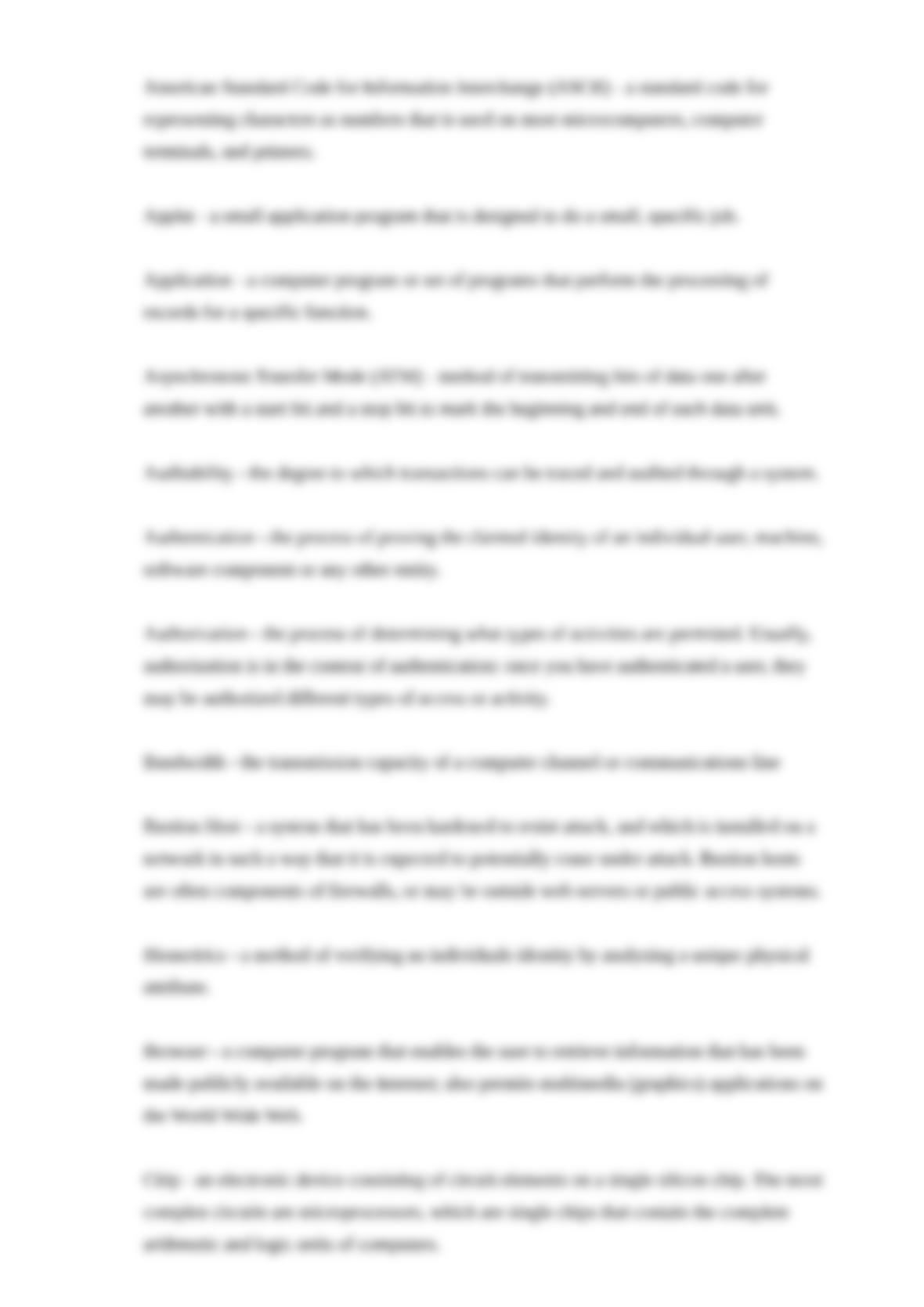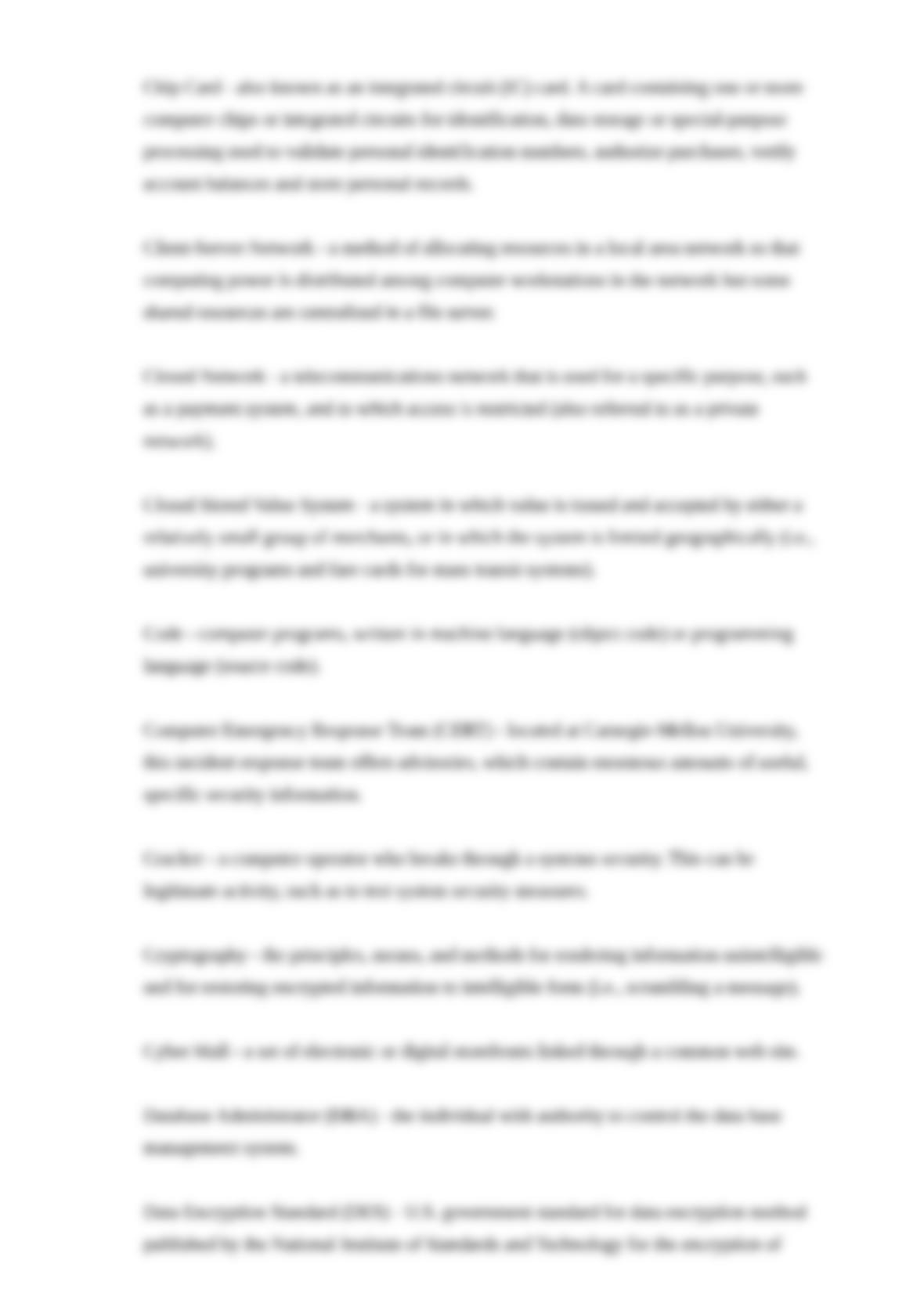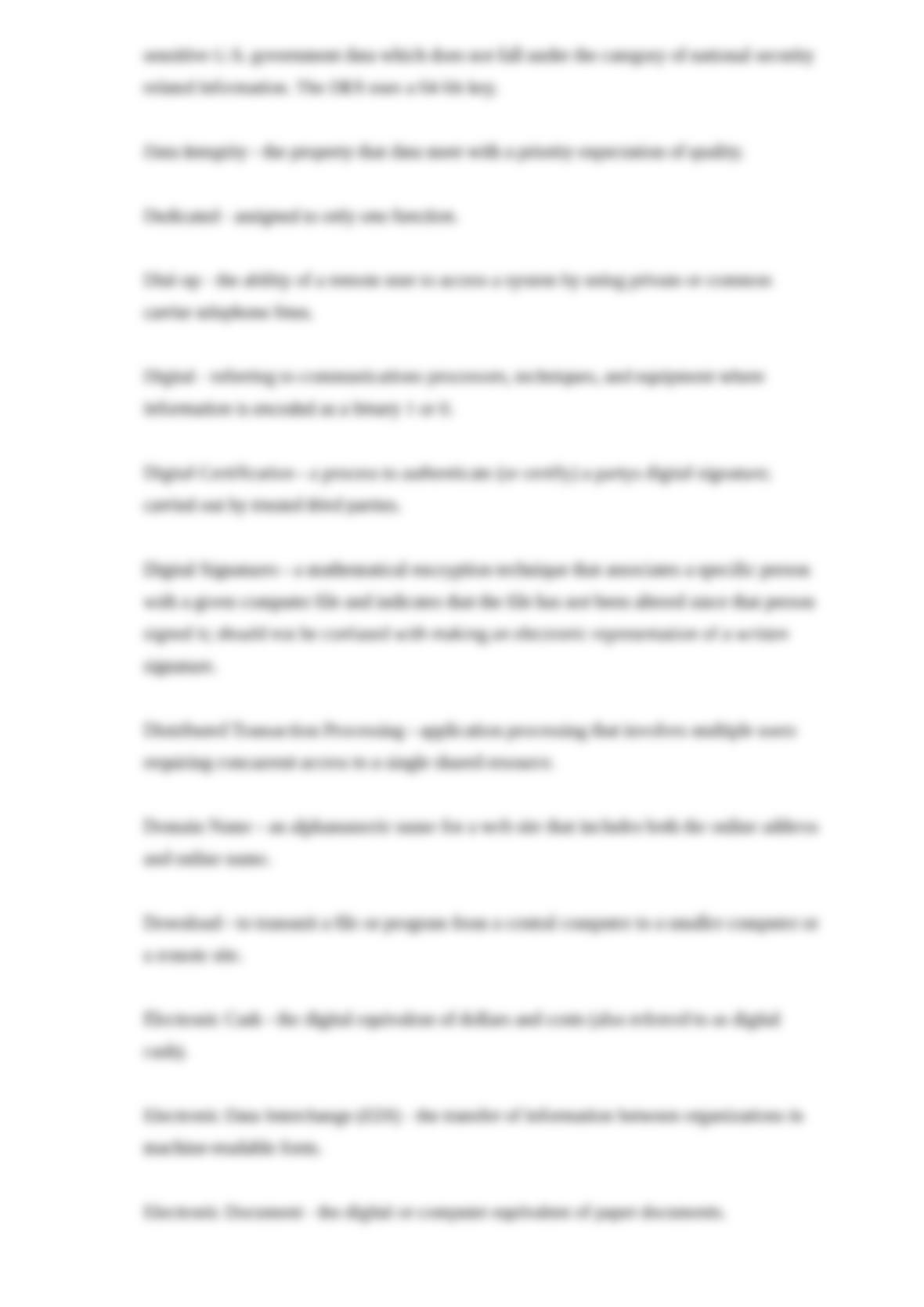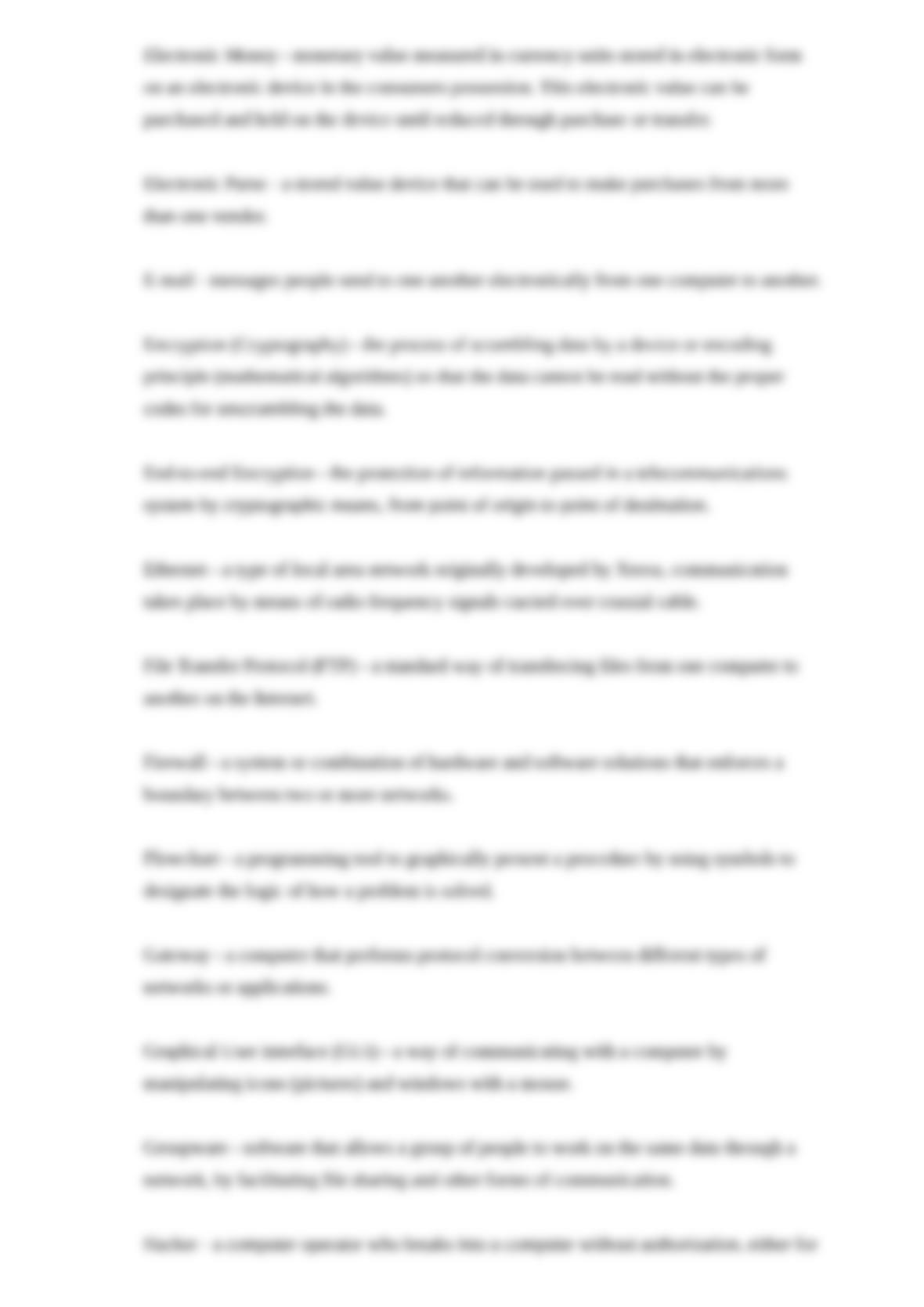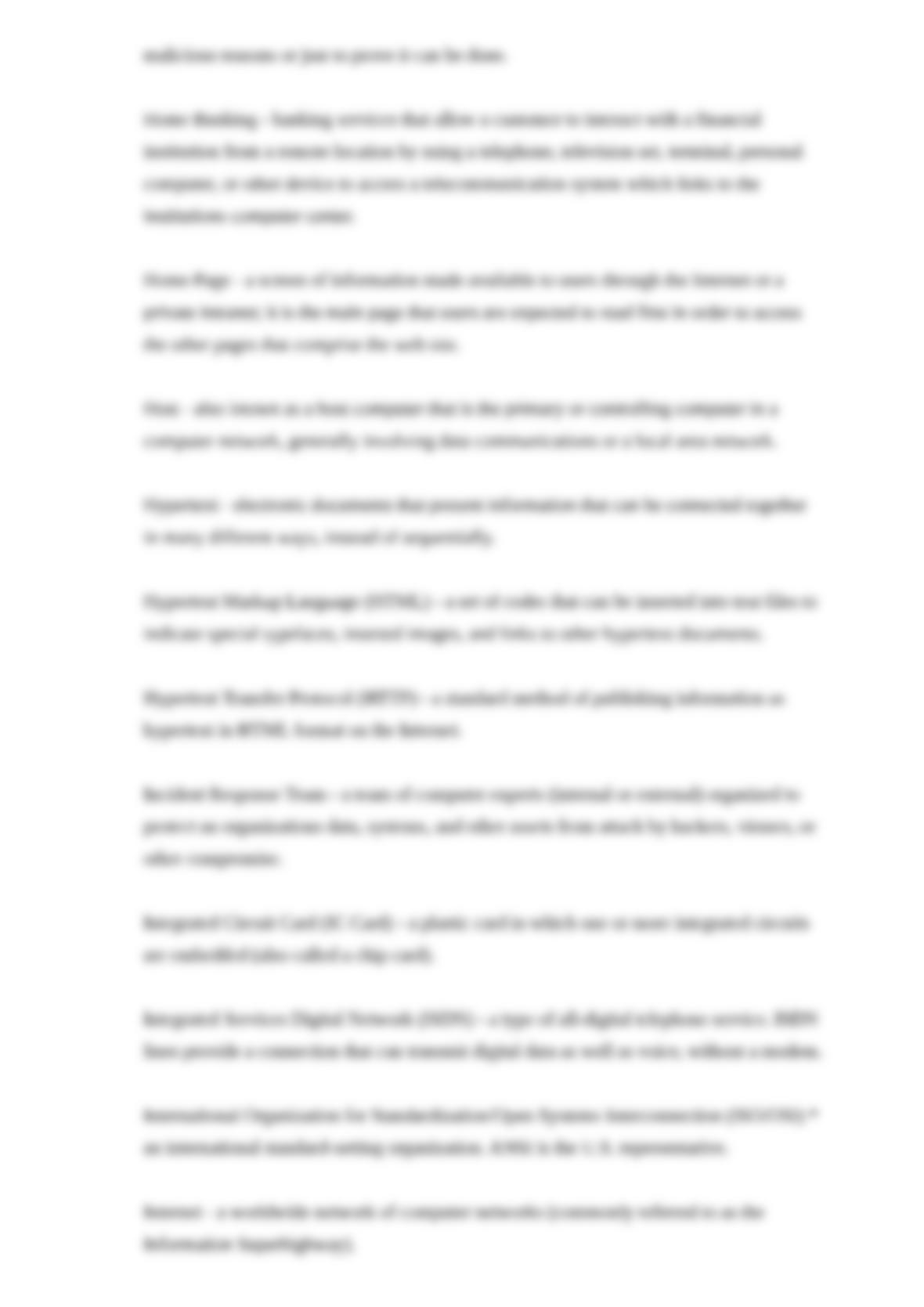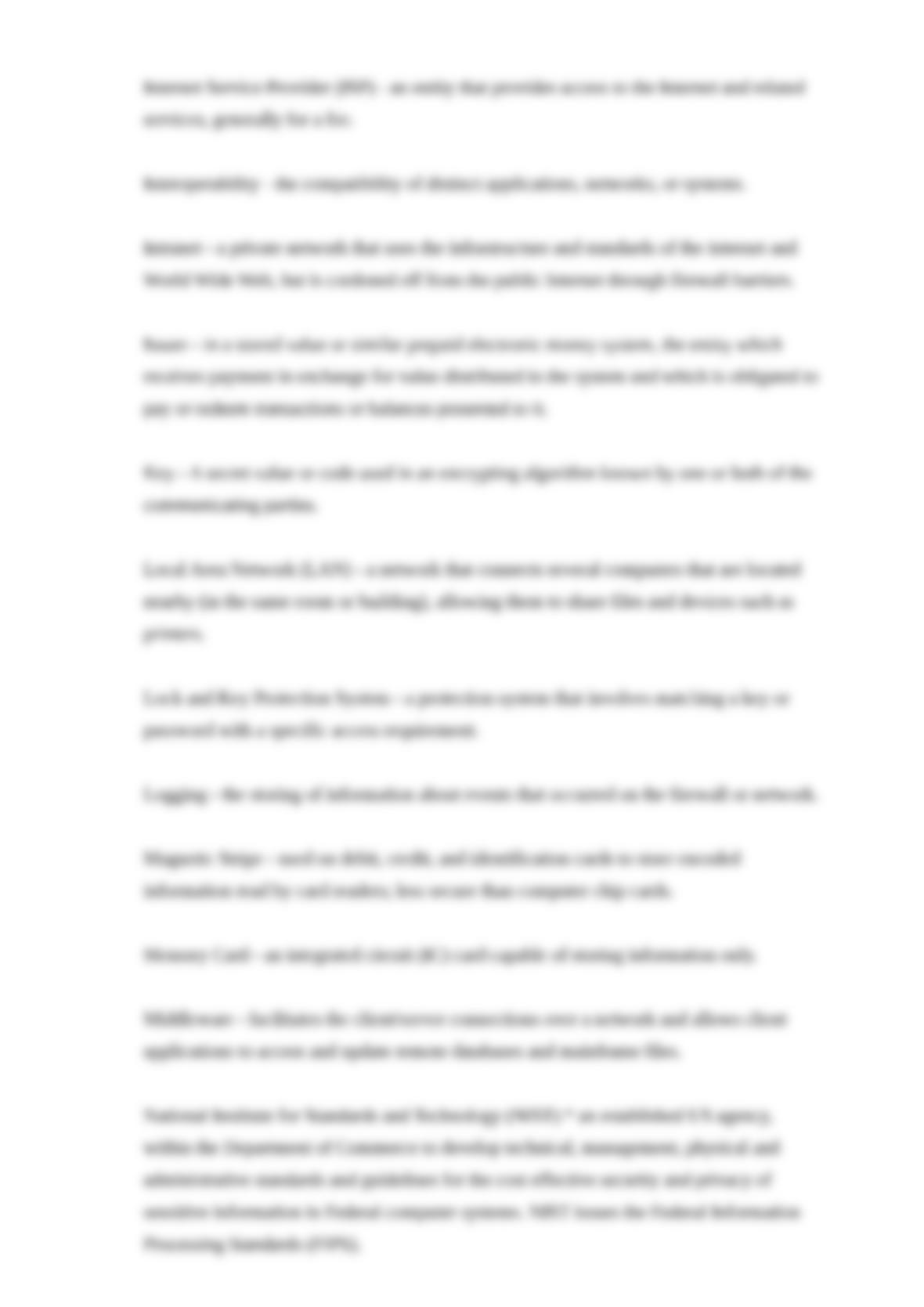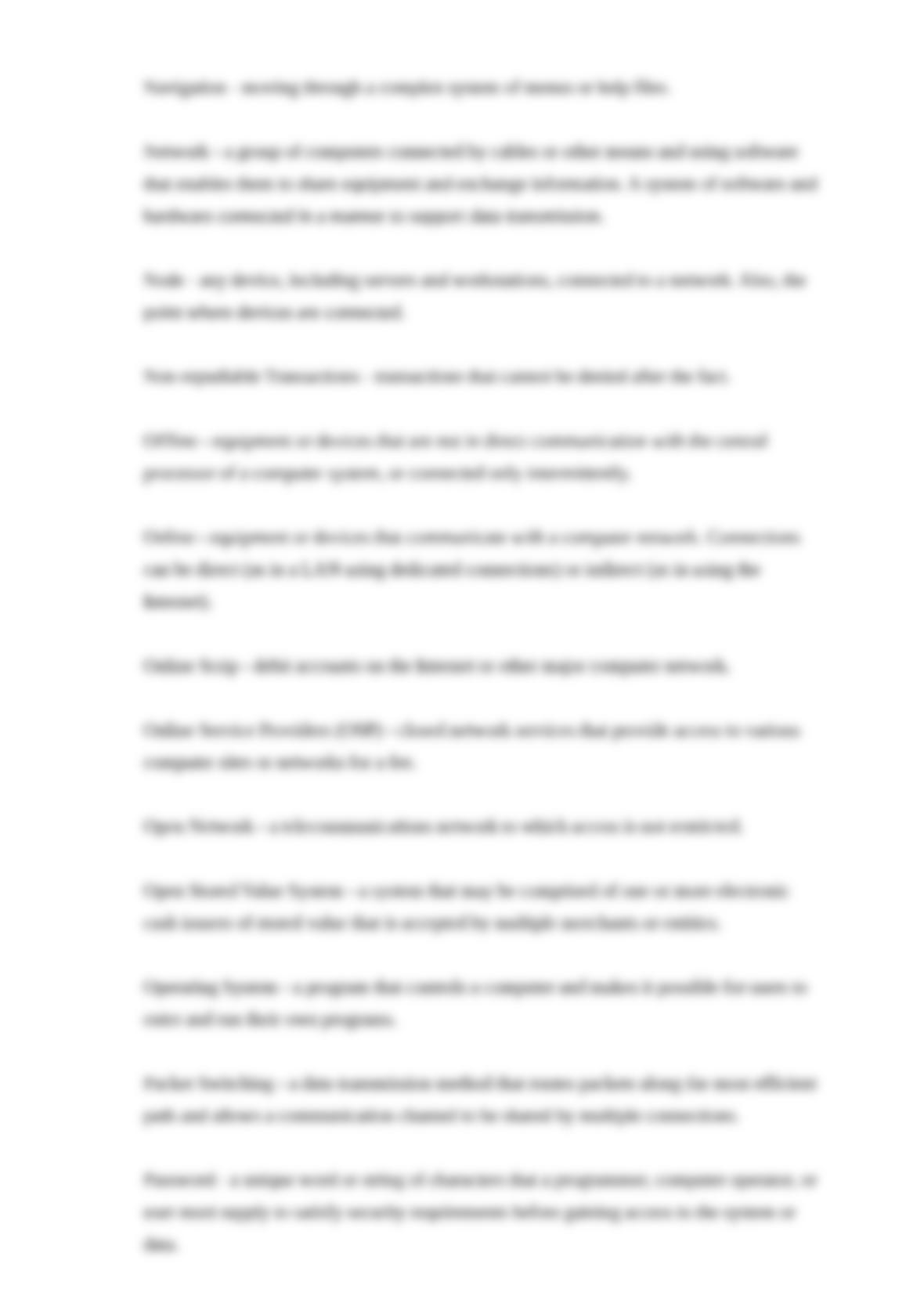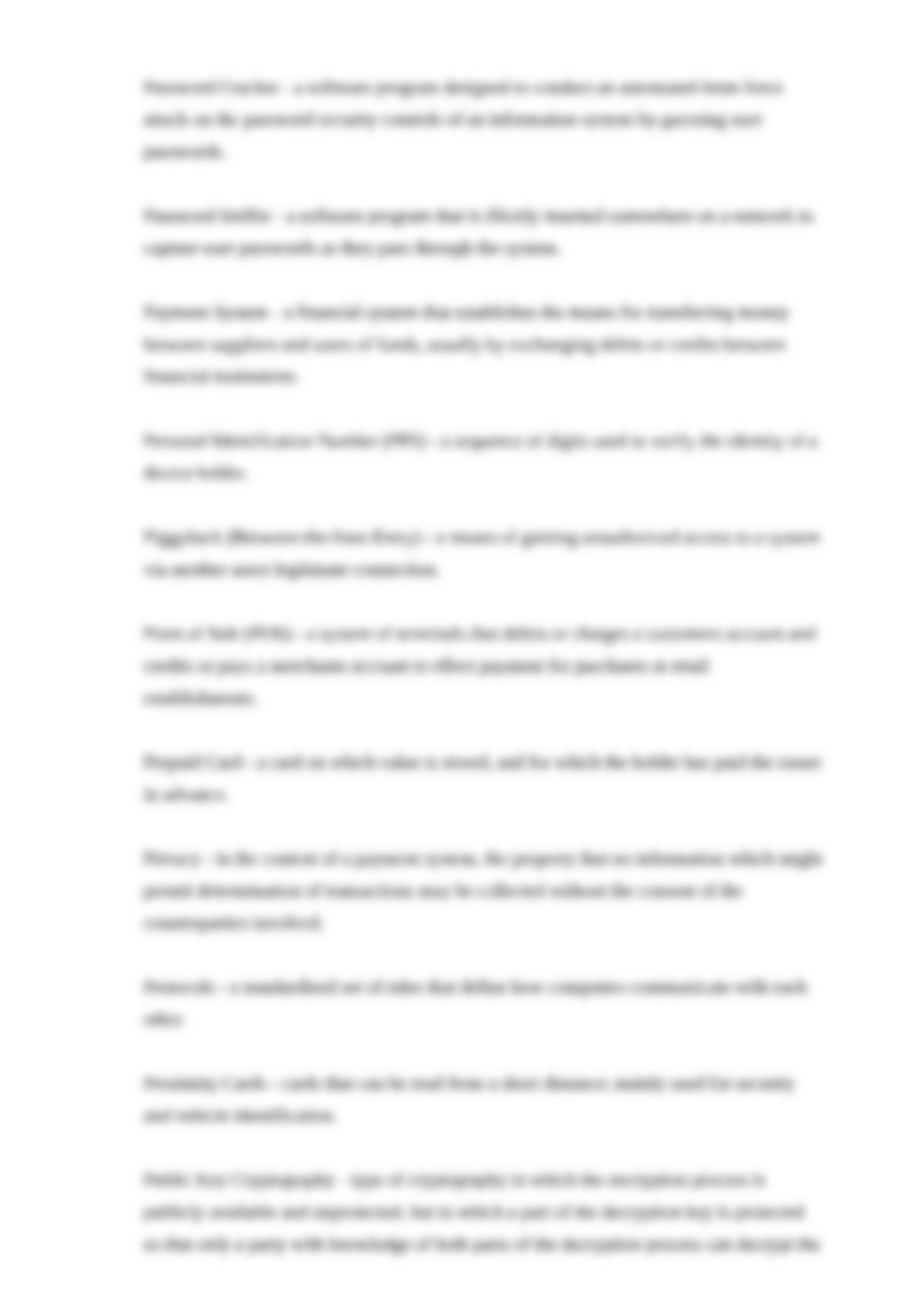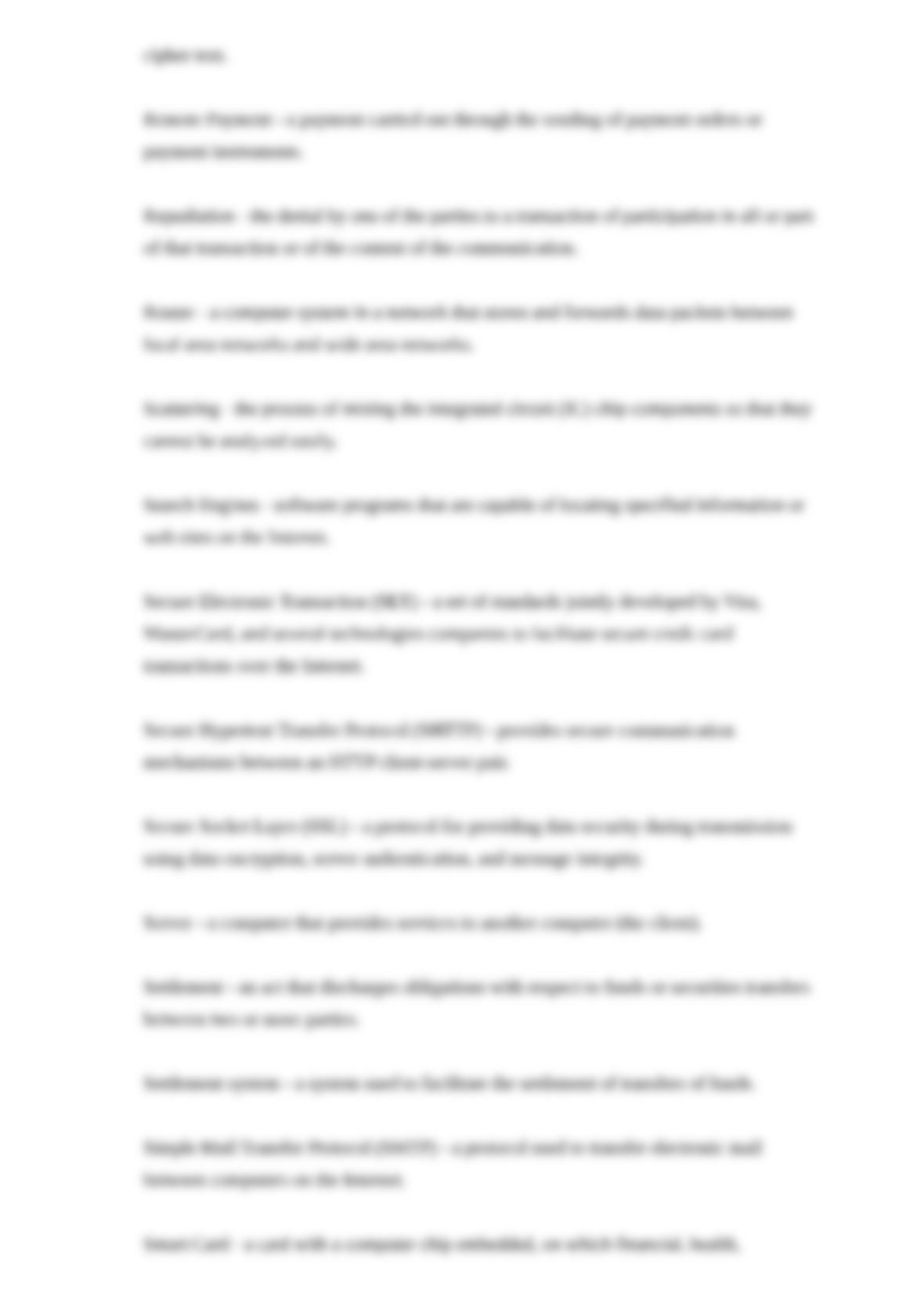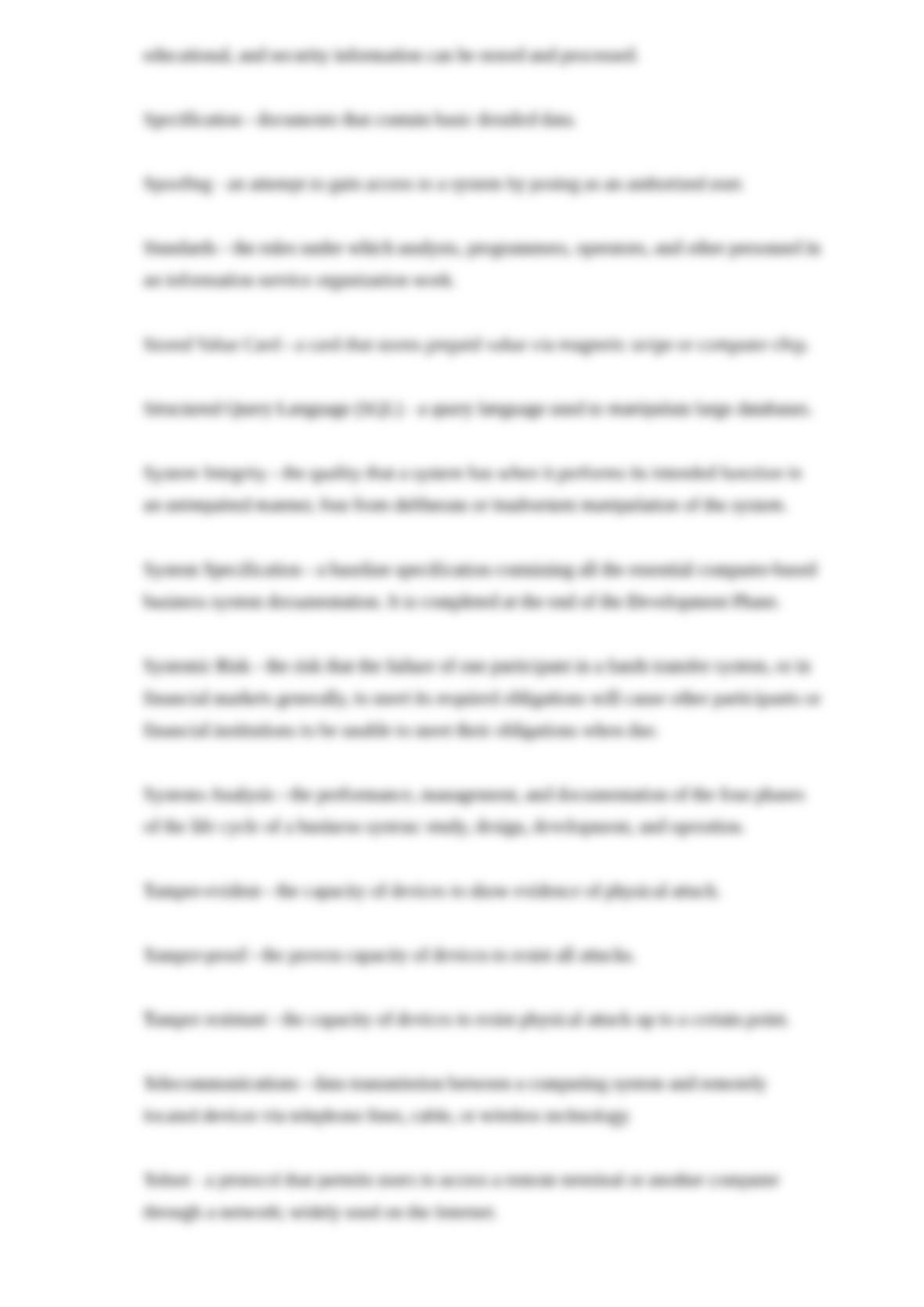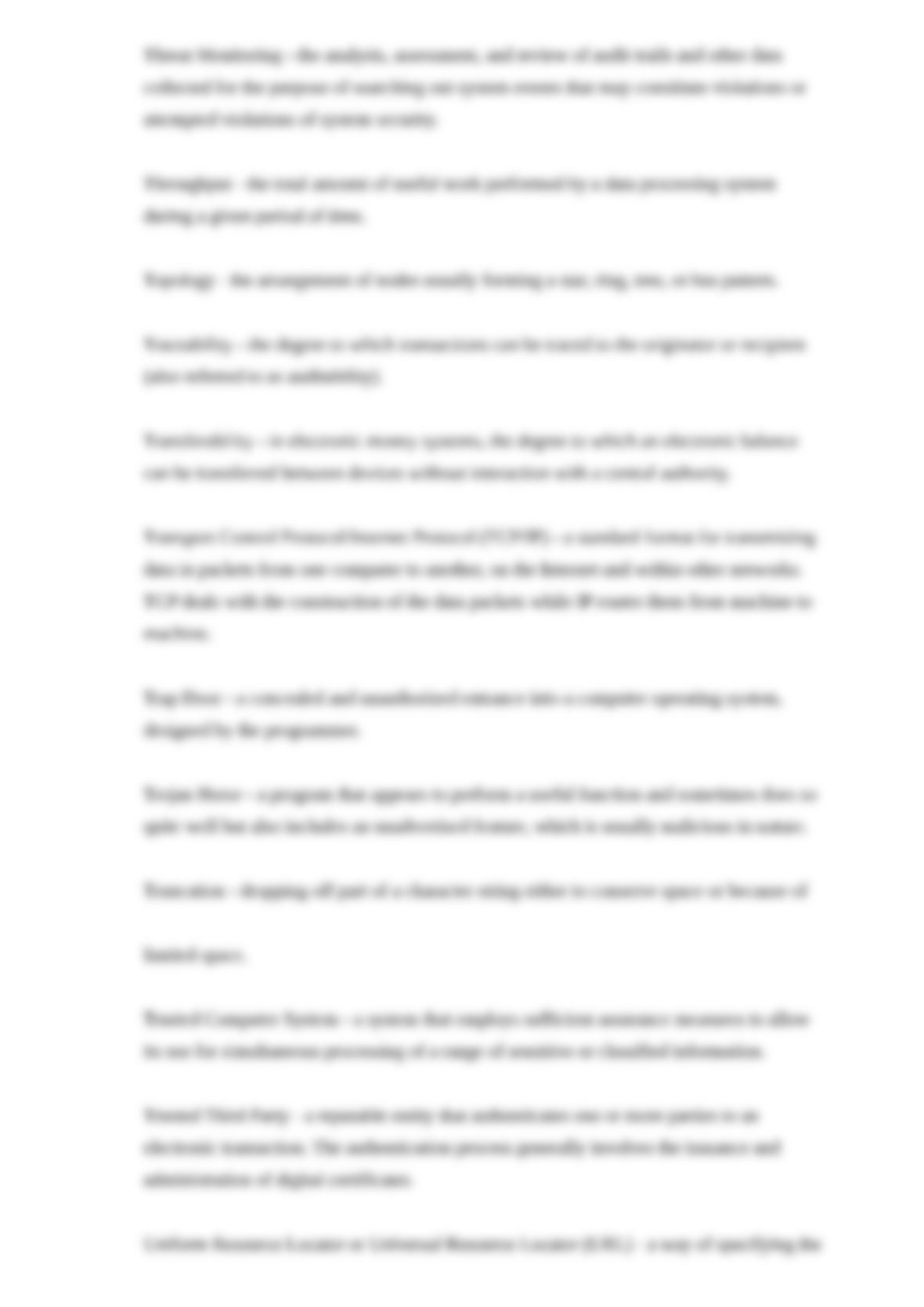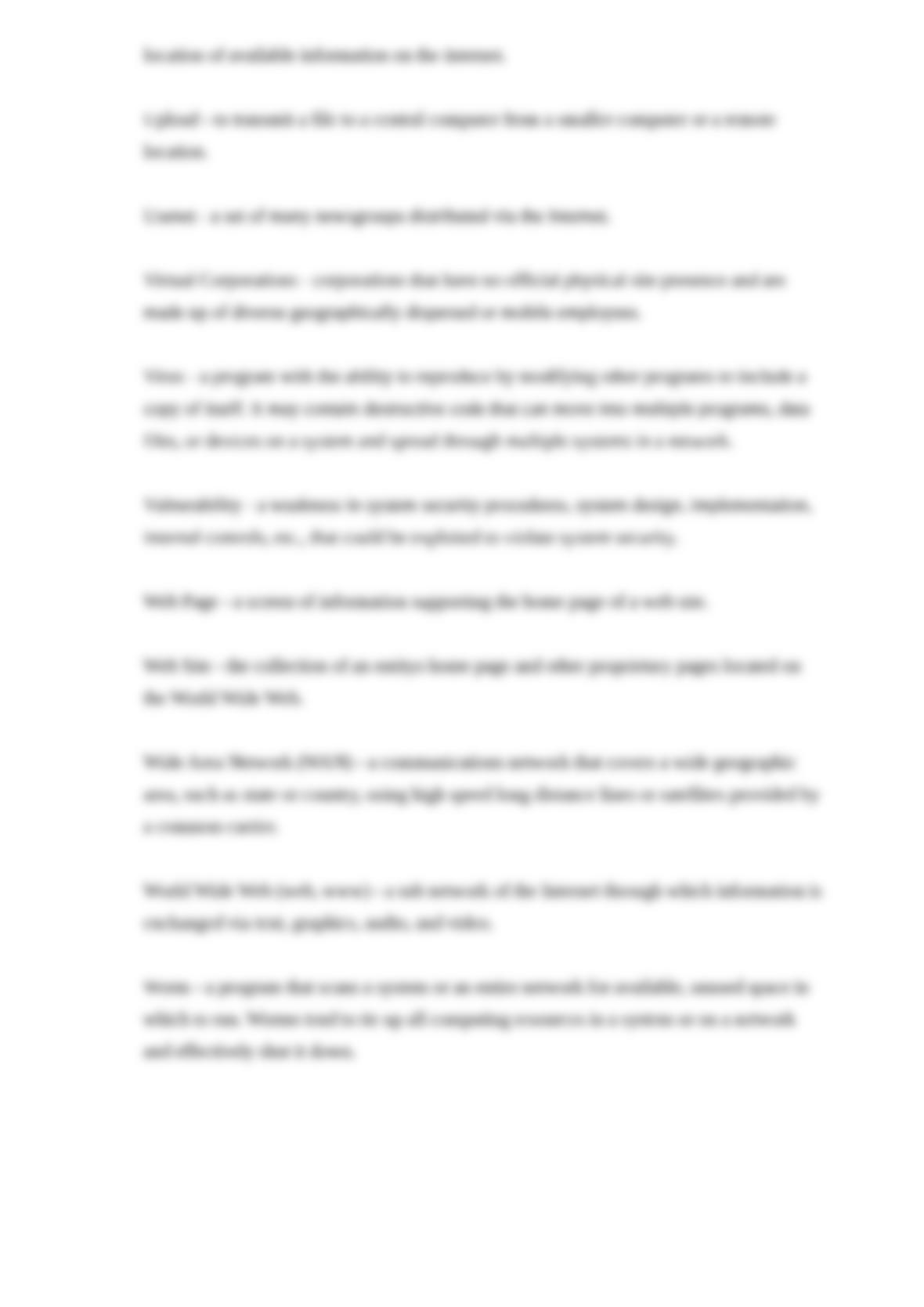its monetary and credit policies. As long as Internet is used only as a medium for delivery
of banking services and facilitator of normal payment transactions, perhaps, it may not
impact monetary policy. However, when it assumes a stage where private sector initiative
produces electronic substitution of money like e-cheque, account based cards, digital
coins, etc. its likely impact on monetary system can not be overlooked. Even countries
where i-banking has been quite developed, its impact on monetary policy has not been
significant. In India, such concern, for the present is not addressed as the Internet banking
is still in its formative stage.
1.1.8 The world over, central bankers and regulators have been addressing themselves to
meet the new challenges thrown open by this form of banking. Several studies have
pointed to the fact that the cost of delivery of banking service through Internet is several
times less than the traditional delivery methods. This alone is enough reason for banks to
flock to Internet and to deliver more and more of their services through Internet and as
soon as possible. Not adopting this new technology in time has the risk of banks getting
edged out of competition. In such a scenario, the thrust of regulatory thinking has been to
ensure that while the banks remain efficient and cost effective, they must be aware of the
risks involved and have proper built-in safeguards, machinery and systems to manage the
emerging risks. It is not enough for banks to have systems in place, but the systems must
keep be constantly upgraded to changing and well-tested technologies, which is a much
bigger challenge. The other aspect is to provide conducive regulatory environment for
orderly growth of such form of banking. Central Banks of many countries have put in
place broad regulatory framework for i-banking.
1.1.9 In India, too i-banking has taken roots. A number of banks have set up banking
portals allowing their customers to access facilities like obtaining information, querying on
their accounts, etc. Soon, still higher level of online services will be made available. Other
banks will sooner than later, take to Internet banking. The Indian scenario is discussed in
detail in Chapter-IV of this report.
1.2 Constitution of the Working Group
1.2.1 In the above background Reserve Bank of India constituted a Working Group to
examine different issues relating to i-banking and recommend technology, security, legal
standards and operational standards keeping in view the international best practices. The
Group is headed by the Chief General Manager * in * charge of Department of
Information Technology and comprised experts from the fields of banking regulation and
supervision, commercial banking, law and technology. The Bank also constituted an

























































































